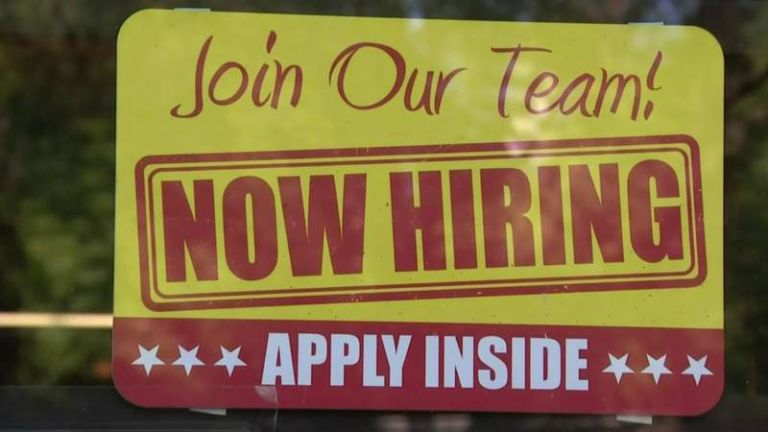Randall Forsyth of Barron’s offers some evidence that the Chinese economy is not as strong as its advocates would like us to believe.
It has been nearly three years since European Central Bank President Mario Draghi made his famous declaration to “do whatever it takes” to save the euro. Evidently, that vow has been translated into Mandarin and put fully into practice in combating a crash in China’s stock markets—even if what it takes means going against the precepts of anything resembling a free market.
Confronted with a 27% loss of market value from mid-June through last Wednesday that Citigroup research estimates totaled some $4 trillion—twice the size of India’s economy—Chinese authorities went “all in,” as Evercore ISI China watcher Donald Straszheim put it.
One might have thought they already were doing whatever it takes with a blockbuster array of measures to stem the declines. Those involved conventional monetary-easing measures, including interest-rate cuts, followed by a brokers’ fund to pump money into stocks, suspension of initial public offerings, and restrictions on short-selling. Then came rather novel moves, including the suspension of trading of about half of all stocks, halts of selling by major stockholders of big listed companies, and investigation of “malicious” short-selling.
When there were allegations a year or so ago by author Michael Lewis that the U.S. stock market was “rigged” by high-frequency traders, many investors were shocked at the assertions. Their surprise probably would be seen as naive by Chinese investors and officials.
Some major institutional investors on this side of the Pacific spoke approvingly of the measures taken to right China’s markets, which a number likened to an adolescent going through the throes typical of that age. These investors appear sympathetic to Beijing’s view that markets are instruments of government policies, not entities that should be permitted to operate freely on the basis of some fairy-tale notions of classical Western liberalism. …
… But the slide in commodities also reflects weaker fundamentals, key among them the slowdown in the previously heady economic growth in China. Indeed, prices of many key industrial commodities have fallen near the lows hit in the wake of the 2008 financial crisis.
Barron’s trusty research maven, Teresa Vozzo, reports that copper is back to its 2009 levels and is down 45% from its peak in February 2011. Iron ore also has returned to its 2009 prices and has fallen a stunning 75% from its high, reached at the same time. Silver is off 68% from its peak in April 2011, while gold is down 39% from its September 2011 high. And, of course, crude oil has slid almost exactly 50% from its $107-a-barrel peak of about a year ago.
For an economy such as China’s, which depends on imports of these raw materials, lower prices would be expected to be an elixir. But while oil’s fall reflects the expansion of U.S. supplies, the drop in other commodities to postcrisis lows speaks more to dwindling demand.
Even if China’s stock market has found a bottom, the extraordinary measures have hurt the credibility of the nation’s officials and their reforms.


